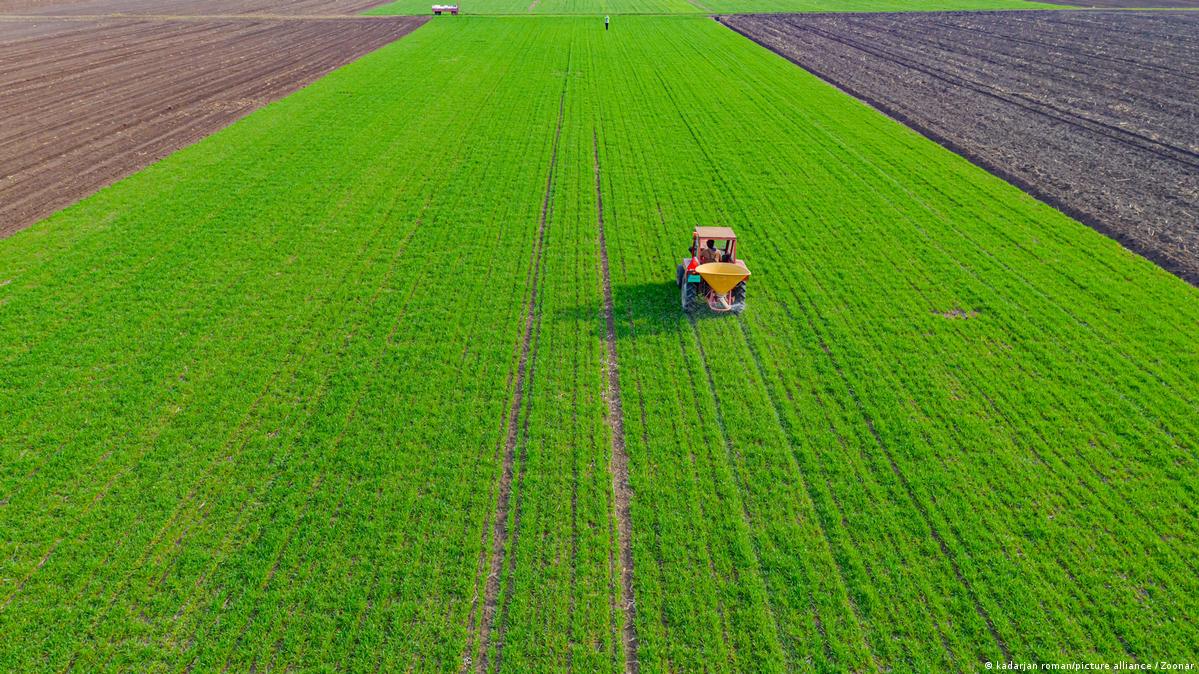Legendary Demolition St. Louis: Unmatched Competence in Urban Renewal
Lasting Land Cleaning Practices for Eco Conscious Clients
In a world where environmental concerns are at the leading edge of many decisions, the demand for sustainable land clearing practices has never been more critical. For environmentally mindful clients, the impact of land clearing up surpasses just the immediate landscape modification. It prolongs to the conservation of biodiversity, avoidance of soil disintegration, and guarding water quality. By taking on environment-friendly strategies and making use of specific equipment, land clearing up specialists can assist clients achieve their objectives while decreasing the ecological footprint left. But just how precisely can these techniques be applied properly to guarantee a harmonious balance between advancement and environmental conservation?

Sustainable Clearing Up Techniques Overview
Utilizing ingenious machinery and tactical preparation, sustainable cleaning strategies aim to lessen ecological impact while successfully taking care of vegetation removal processes. One crucial element of lasting clearing up is the use of customized tools that decreases soil disturbance and decreases discharges, such as mulchers and low-ground-pressure automobiles.
Furthermore, lasting cleaning strategies often involve the application of erosion control steps to stop soil degradation and promote long-term land productivity. This may consist of the facility of barrier zones, the usage of natural barriers, and the execution of erosion-resistant vegetation. By carefully preparing the clearing up process and taking into consideration variables such as soil incline, type, and water circulation, lasting techniques can properly take care of plant life elimination while safeguarding the environment.

Importance of Biodiversity Preservation
Taking into account the focus on lasting land cleaning techniques that prioritize ecological preservation, the preservation of biodiversity arises as a critical focal factor in maintaining ecosystem wellness and strength. Biodiversity describes the variety of living organisms within a specific habitat, consisting of plants, pets, fungi, and bacteria. Protecting biodiversity is necessary for a number of factors. Varied environments are much more resilient to ecological modifications, such as environment changes or all-natural catastrophes, as various varieties might have varying responses to these disturbances. Biodiversity is vital for environment functioning, providing services like pollination, water purification, and nutrient cycling. In addition, lots of pharmaceuticals, food resources, and products are originated from all-natural biodiversity. Conserving diverse environments additionally supports genetic variety within varieties, lowering the danger of inbreeding and enhancing flexibility. By focusing on biodiversity conservation in land clearing techniques, environmentally aware customers can contribute to the general health and sustainability of ecological communities for future generations.
Reducing Soil Erosion Threats
To minimize the dangers of soil disintegration, executing proven disintegration control actions is essential in ecologically conscious land clearing up practices. Dirt disintegration positions a substantial hazard to the atmosphere, resulting in the loss of topsoil, lowered dirt fertility, and water contamination. One effective method to decrease soil erosion during land clearing up activities is the application of erosion control blankets. These blankets are made of natural products such as straw or coconut fibers and are placed over disturbed soil to stop disintegration triggered by wind and water. In addition, developing vegetation cover with reseeding or planting native lawns and bushes can help maintain the dirt structure and reduce disintegration threats. Contour raking and terracing are other strategies that can be utilized to decrease water overflow and stop soil activity on slopes. By incorporating these disintegration control measures into land cleaning practices, environmentally mindful customers can assist protect soil wellness, maintain water quality, and keep the long-term sustainability of the environment.
Water Quality Protection Procedures
Offered the possible influence of soil erosion on water quality, carrying out reliable water quality defense measures is important in keeping the ecological integrity of land cleared areas. One important procedure is the establishment of buffer zones along water bodies to remove debris and toxins prior to they get to the water. Vegetative barriers included indigenous plants and grasses help support the soil, avoid disintegration, and soak up excess nutrients and chemicals. Additionally, applying erosion control practices such as silt fencings, debris basins, and disintegration control blankets can even more decrease the transport of debris and impurities into rivers. Correct waste administration methods, such as limiting using damaging chemicals and making sure correct disposal of debris, additionally play an important duty in protecting water high quality throughout land cleaning tasks. Normal surveillance of water high quality parameters post-clearing is needed to analyze the performance of these defense steps and deal with any kind of potential concerns immediately. By prioritizing water quality security actions, ecologically aware customers can ensure the sustainability and health and wellness of gotten rid of lands and surrounding water bodies.
Eco-Friendly Devices and Practices
Implementing green tools and discover here methods is essential in minimizing the ecological influence of land clearing tasks. Legendary Demolition St. Louis. By utilizing equipment powered by low-emission engines, such as hybrid or electrical tools, emissions of harmful toxins can be considerably decreased. Additionally, utilizing mulching tools that can shred and reuse visit their website vegetation onsite aids minimize waste and reduces the demand for transportation to disposal websites, consequently lowering carbon discharges
Furthermore, practicing sustainable land clearing techniques like careful clearing up, where just details trees are eliminated, helps preserve the ecological community's biodiversity. This method also assists in keeping soil security and protecting against disintegration, which are crucial for the long-lasting wellness of the atmosphere.
Integrating modern technology such as GPS-guided machinery can boost effectiveness by precisely mapping out locations for clearing, lowering unneeded disturbance to unblemished land (Demolition Contractor). Additionally, utilizing eco-friendly hydraulic fluids and lubricating substances in tools upkeep advertises environmental stewardship by reducing dangerous chemical runoff.
Final Thought
In conclusion, sustainable land cleaning practices are necessary for environmentally conscious clients to maintain biodiversity, reduce dirt erosion threats, and secure water high quality. By executing environmentally friendly devices and techniques, land cleaning can be carried out in a way that is both lasting and eco liable for future generations. It is imperative for land cleaning companies to focus on these techniques to ensure the long-lasting health and wellness of our ecological communities.
Moreover, sustainable clearing up strategies often include the application of erosion control actions to stop dirt degradation and advertise long-lasting land efficiency. Demolition over at this website Contractor.To alleviate the threats of dirt disintegration, implementing tested erosion control actions is vital in eco mindful land cleaning methods. One efficient method to minimize dirt erosion throughout land clearing up activities is the implementation of disintegration control coverings. By integrating these erosion control measures right into land clearing up methods, eco conscious clients can aid secure soil health, maintain water quality, and preserve the long-lasting sustainability of the ecosystem
In verdict, sustainable land cleaning practices are vital for ecologically mindful clients to preserve biodiversity, decrease dirt erosion threats, and shield water top quality.